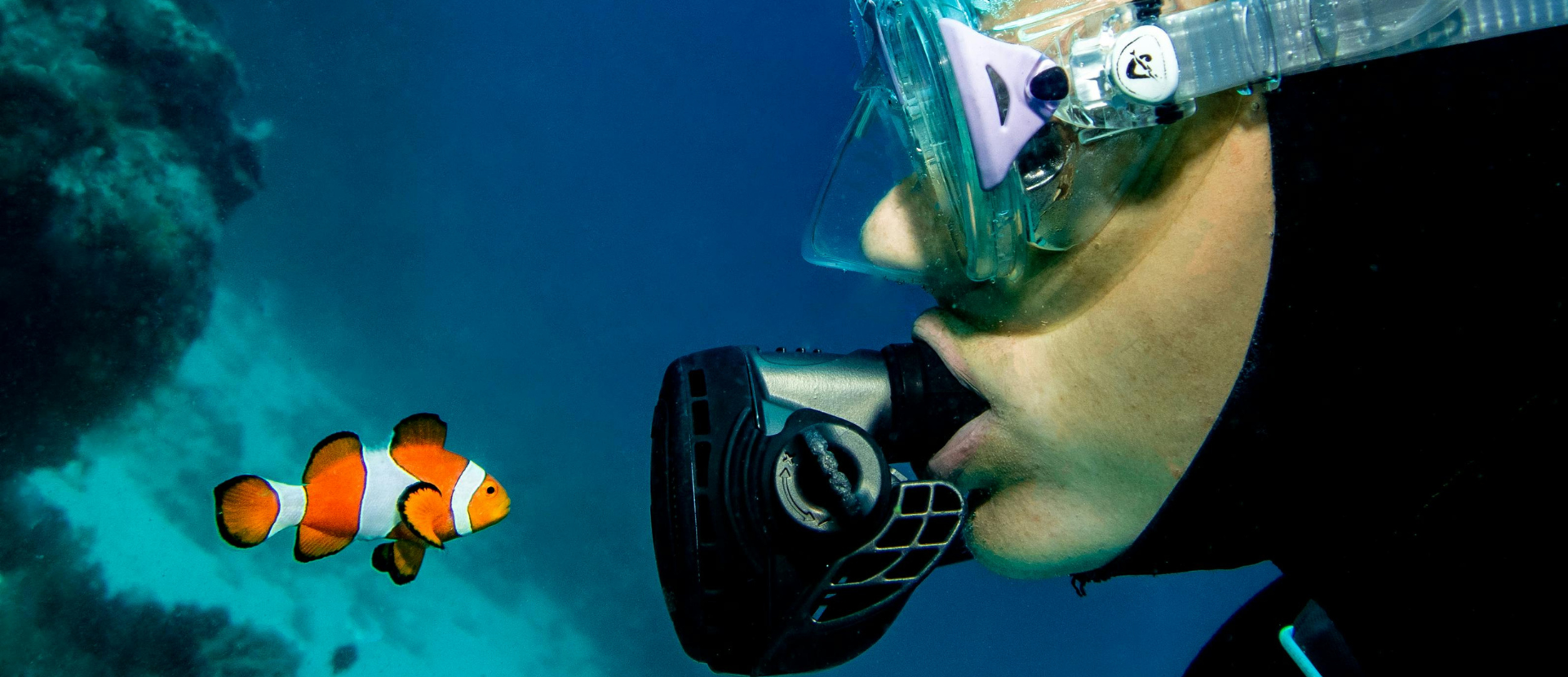- Science: Explained
How do the Sounds of Kelp Forests Change?
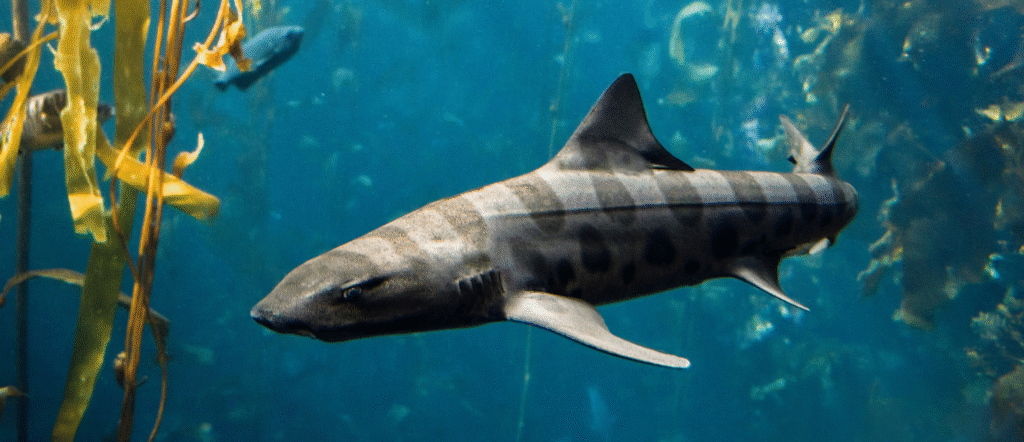
The age-old question goes “If kelp falls in a kelp forest and no one is around to hear it, does it make a sound?” … or something like that.
The study of kelp forest soundscapes is new, but it is essential to understanding the ecosystem.
What are kelp forests?
Kelp forests are incredibly diverse and important ecosystems of organisms living within dense areas of (surprise) kelp in coastal regions.
Kelp forests, and more generally seaweed forests, act as major carbon storage for the planet and are, when compared to the woods, incredibly diverse, containing mammals, arthropods (shrimps), echinoids (sea urchins), brachiopods (a shelled animal that feeds via filter feeding) and much more.
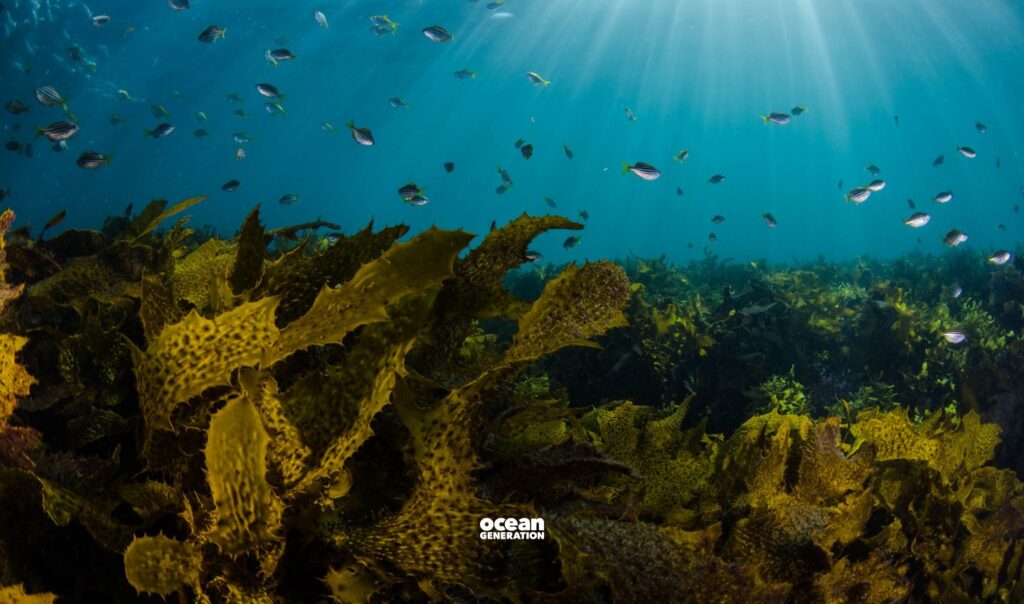
What does the Ocean sound like?
The Ocean is surprisingly noisy. Sound is used to convey information over long distances, and to neighbours on the reef or in the grass. In water, sound travels farther than either light or chemical cues and moves almost five times as fast as it does in air.
Marine mammals like whales and dolphins are famously loud and use sound to communicate. Sperm whales can reach volumes louder than jet engines. But a shocking truth is that other marine animals contribute to the Ocean soundscape too! For example, did you know that some fish make hums and purrs?
Beyond marine animals, there are other sound sources in the Ocean. Geological sounds (earthquakes and landslides) and our own human activity (engines and drilling) have their own effects on the Ocean soundscape.
What do kelp forests sound like?
Kelp forests are an unfamiliar setting to most of us, so to assist on our adventure of the soundscape, we’ll venture through the woods at the same time.
In the woods, we hear distinctive, familiar noises. The twitter of birds, the chattering of rabbits and the chirps of insects dominate the soundscape. In kelp forests, we can hear the different calls of fishes and the frequent snapping of shrimp.
The noises of kelp forest can be separated by their pitches. Generally, lower tones contain the noises of marine mammals and fish. The higher tones we’d hear contain the clicks of snapping shrimp and the sound of echolocating dolphins (although this is higher than the human ear can hear so it’s silent to us).
These soundscape features often change in both environments over time due to natural factors, like seasonal changes, or human activity.
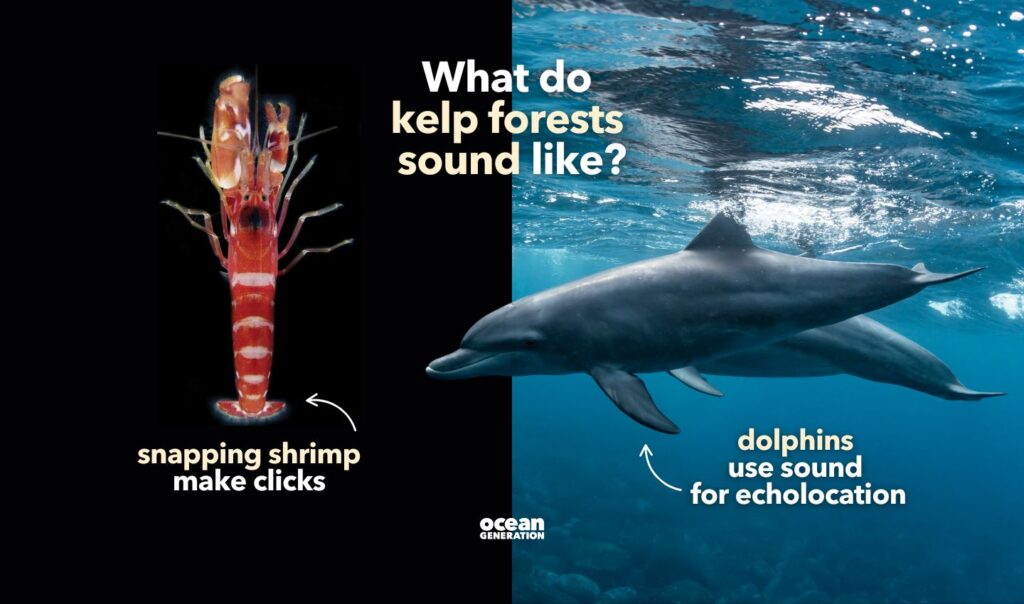
Daily changes in the kelp forest soundscape
As the night comes, the sounds of the daytime animals switch to the noise of nocturnal animals.
In the woods, hooting owls and squeaking bats take over the soundscape along with the occasional chirp from foxes. This daily change is seen in kelp forests too, where the activity of animals and therefore the volume of their sounds shifts over the course of the day.
For some species of fish, their noise peaks at sunset and dips at sunrise. As well as this, snapping shrimp are nocturnal, which shows in their activity, as they have peaks at sunset and sunrise but a decreased activity during the day.
Seasonal changes in the kelp forest soundscape
With the arrival of autumn and winter in the woods, some animals migrate or hibernate, removing their noises from the soundscape.
A seasonal change also occurs in the kelp forest, where the time of year can affect the presence of animals.
The Plainfin Midshipman fish makes nests near the coast and uses a humming noise to attract a mate. This humming is heard in the kelp forests during late spring and summer, consistent with their mating season. Contrasting this, the presence of snapping shrimps is maintained year-round.
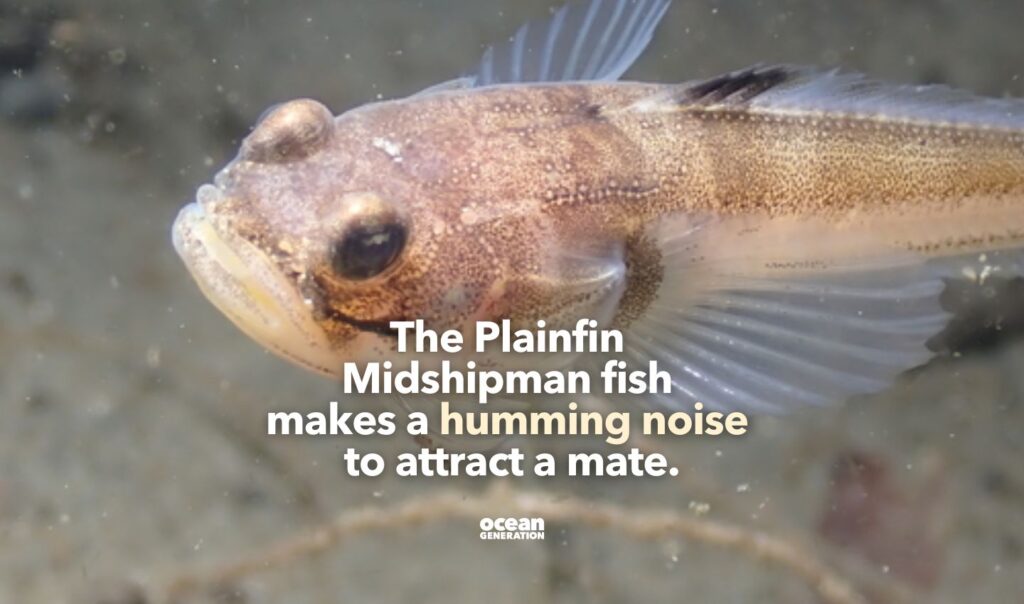
Human influence on kelp forest soundscapes
On our walk through the woods, we come across barren spots without trees, caused because of storms or fires. Similarly in the Ocean, an abundance of sea urchins and a lack of suitable food can cause them to feast on kelp clearing the area and leaving a space overrun with small, malnourished sea urchins, with the East Fish camp in California having an urchin density of 26.8 urchins per square metre.
Although urchin barrens may seem like a natural environment, they are created by human activity, just as extreme weather can become more prominent because of global warming.
Normally, sea otters and the occasional fish prey on urchins before the situation gets out of hand. But, due to hunting and overfishing, sea urchin predation is decreased, allowing their population to spike and kelp forests to be removed.
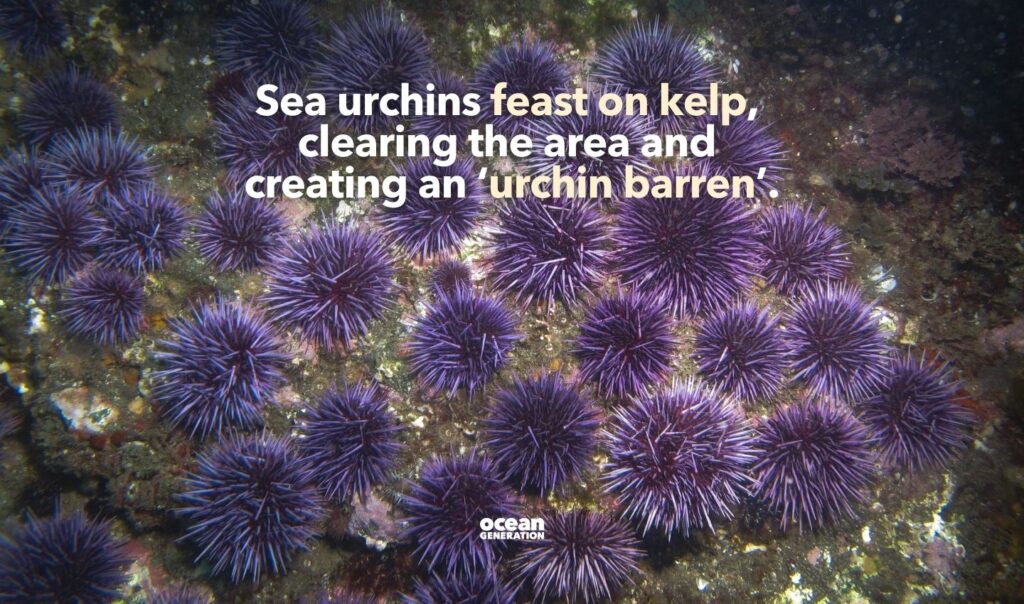
Sea urchin barrens influence the kelp forest soundscape as the region becomes less suitable for some species and more suitable for others. When hundreds of sea urchins move in, they change biodiversity.
A more direct human influence on woodland soundscapes is deforestation. The direct removal of trees by humans to clear space or for resources is easily a big issue, as it decreases habitat space, reducing biodiversity and harming ecosystems.
A similar situation happens with kelp as it can be harvested, as it has uses like in food and beauty products. As a consequence, the amount of kelp is decreased, showing little to no recovery after two years, and biodiversity can change to be unlike before harvesting.
Does human noise affect kelp forests?
Listening in our woods, we don’t only hear animal noises but also human noises. Cars on roads which cut through the woods or heavy machinery operating can create loud persistent noises which can disturb the soundscape, affecting the distribution of the animals.
The same is true for animals in the Ocean. Loud noises like drilling and seismic surveys are loud and the noise can be emitted for tens of kilometres, causing confusion and hearing damage in marine mammals and fish.
Other sounds like engine noises from low flying planes and boats can act as background noises which decrease the distance that animals can hear and communicate.
Sound disturbances can normally be mitigated in kelp forests by kelp’s ability to attenuate (absorb and decrease) sound. However, because of the removal of kelp forests, this mitigation can quickly be removed.
The building of docks and other structures may seem like they could bring back attenuation, but they can also transfer noise from cars and docking boats into the Ocean, affecting microenvironments.
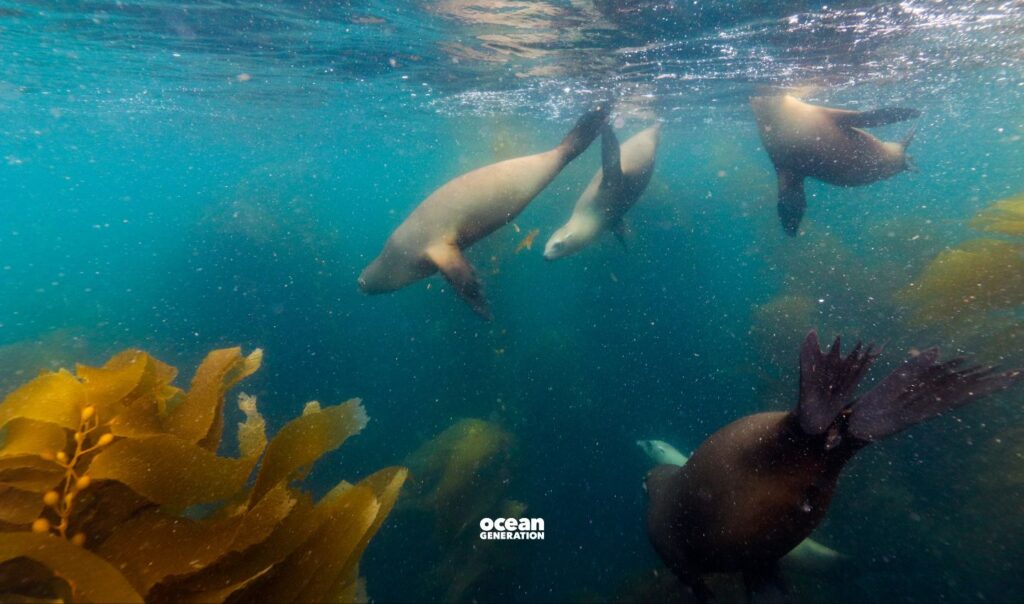
What can we do?
It may seem daunting that humans can cause all of this damage, but not all change is bad. Just as forests can be replanted and wildlife protected, as can kelp forests.
The growth of kelp can be stimulated, and areas can become marine protected areas, which can allow areas to be conserved. An example of this is in New Zealand, where an urchin barren has recovered back into a kelp forest within a marine protected area over the period of 20 years.
Looking at how we live our lives, like where our fish comes from or our usage of boats can make a difference in helping this delicate ecosystem.


